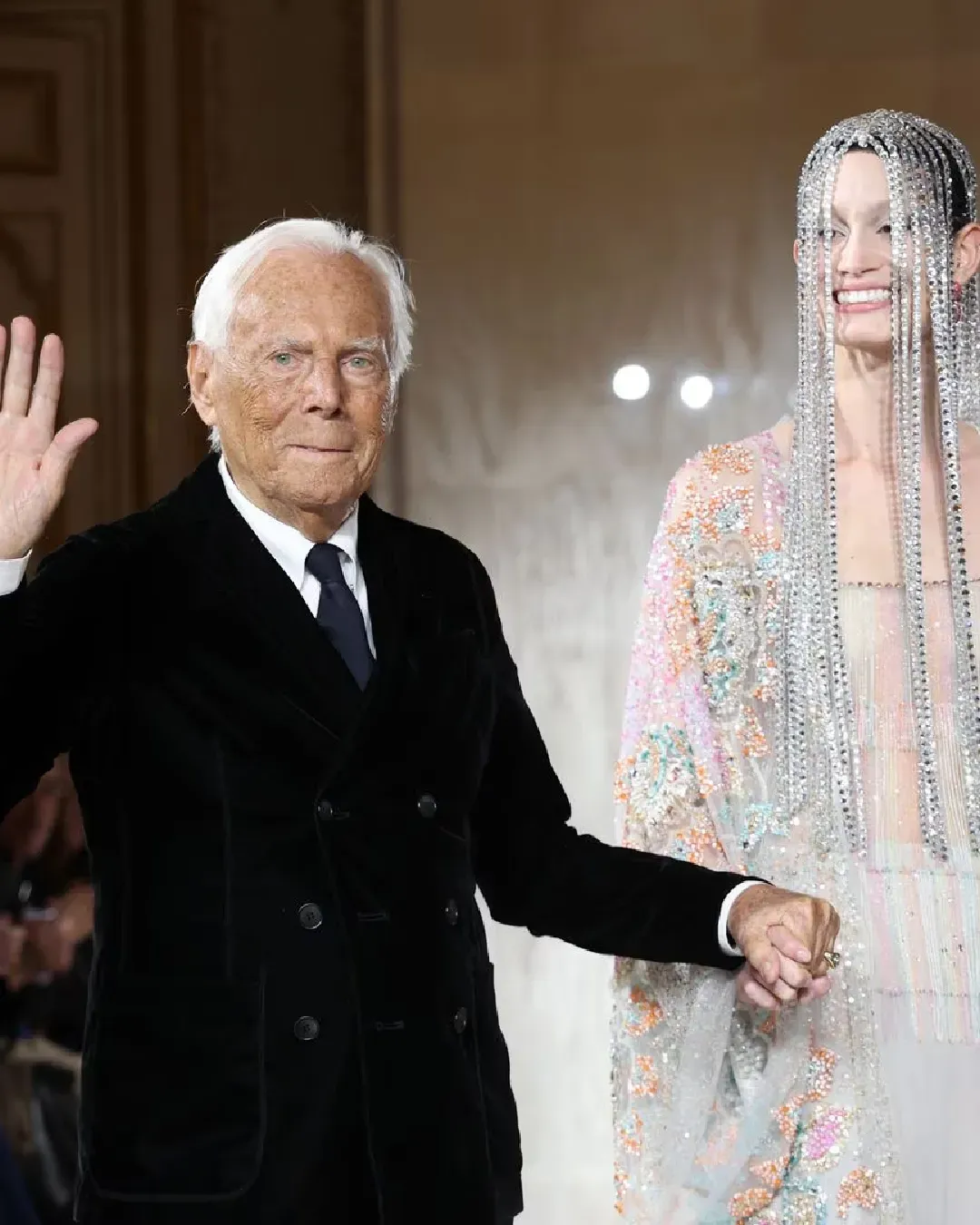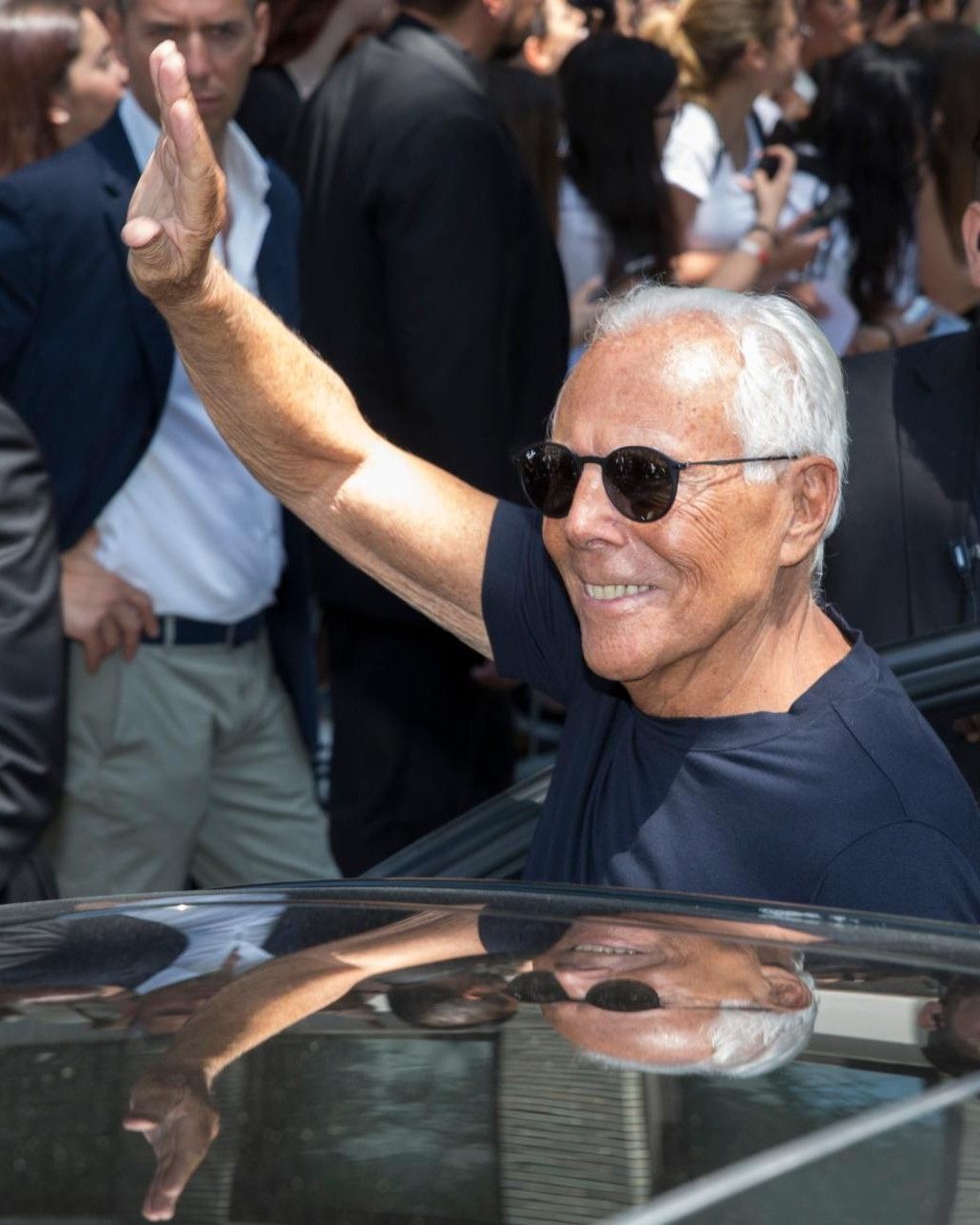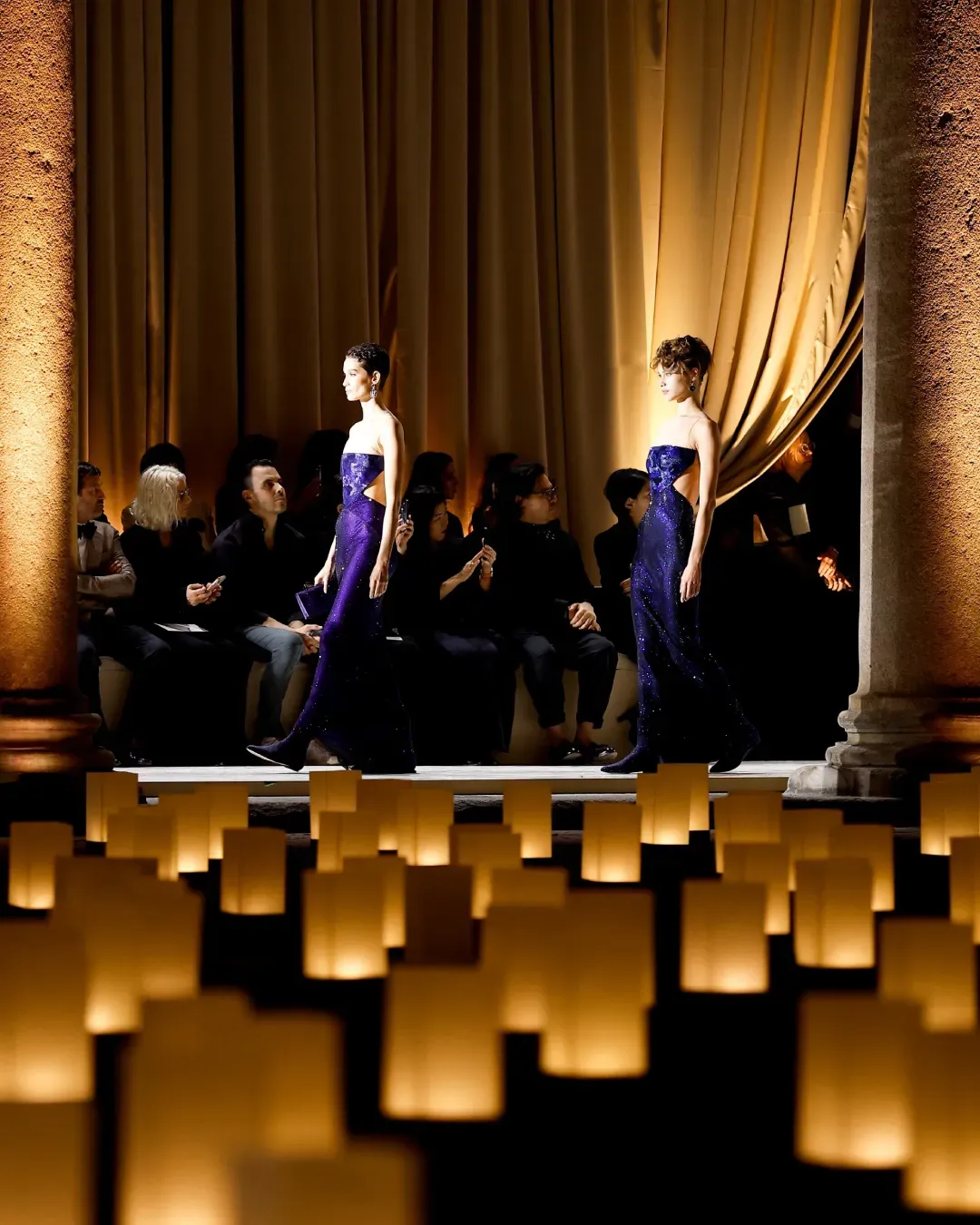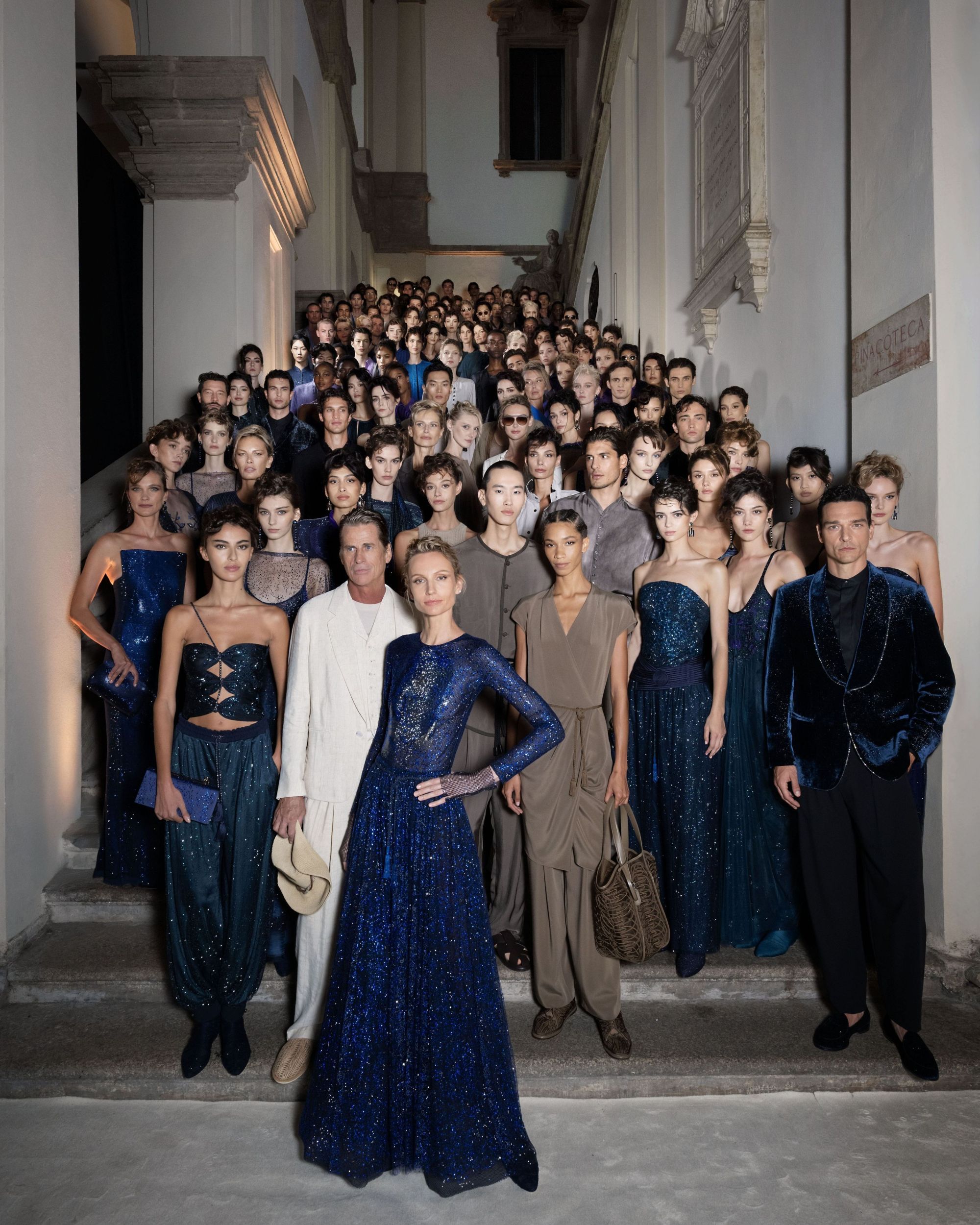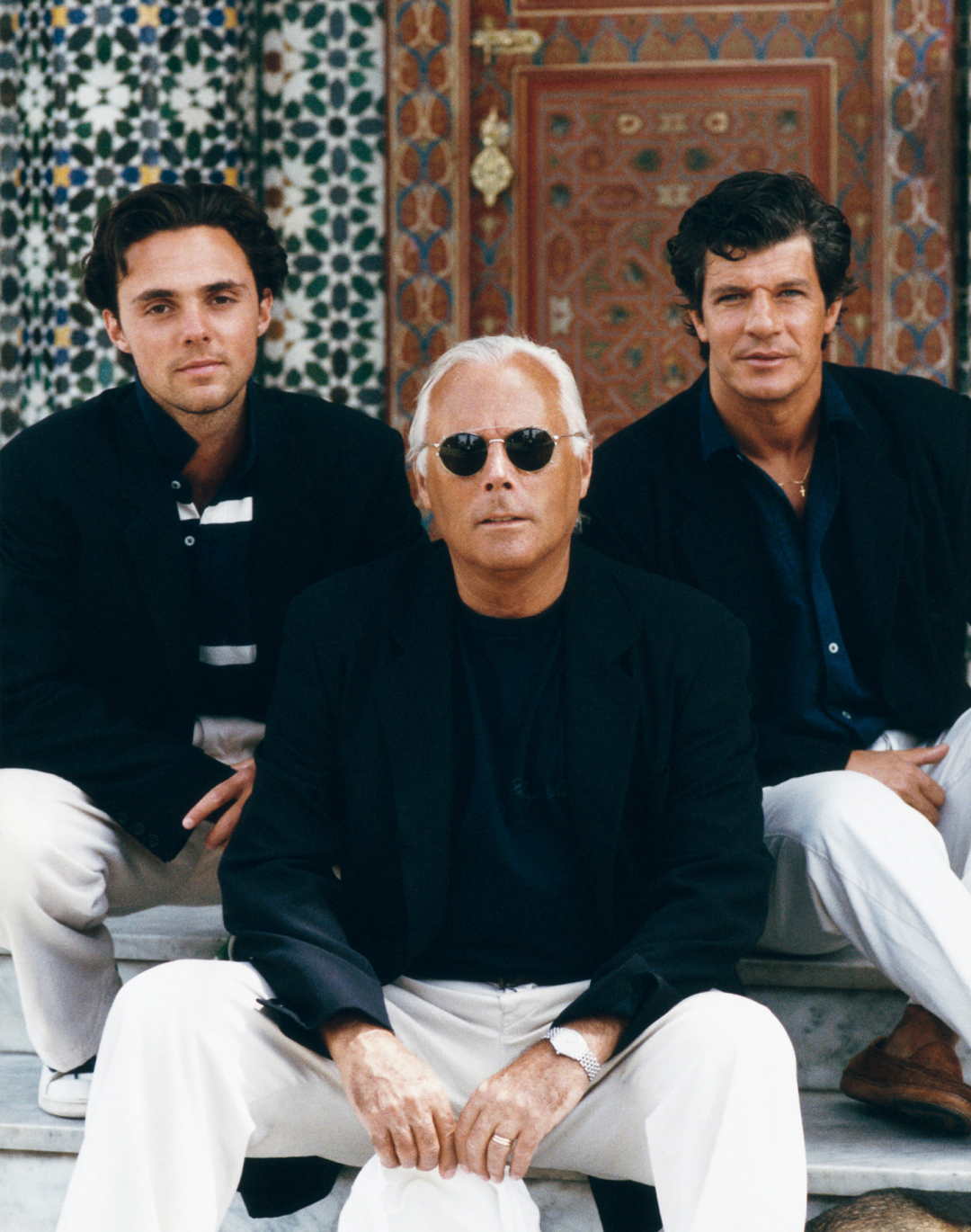
Luxury is going after cult brands After streetwear, it's time for the niche
Once upon a time, the collaborations that made the most headlines took place in the streetwear and sportswear spheres. From the recent ones of Gucci and Prada with adidas, to the historic Fendi x Fila, through the many signed by Vetements in the now famous SS17, to the legendary sneakers of The Ten designed by Virgil Abloh and the Dior x Air Jordan - the great strand of streetwear collaboration has never died out and continues to this day, even if it makes much less news than it did five years ago. If they used to be an event, these collaborations have multiplied to the point that they remain desirable (think New Balance x Miu Miu or Margiela x Salomon) but no longer surprise anyone and, in fact, the surprise effect they generated was largely what made them an event. Now that that of collaboration is a well-established practice, a new normal if you will, fashion brands have gone in search of that lost spark, that surprise that has since faded. Here comes the luxe-cult collaboration: the latest is surely the totally unexpected Emporio Armani x Our Legacy, in September we had Zegna x The Elder Statesman and Fendi's collection co-signed by Stefano Pilati, but there are also Ralph Lauren's and BEAMS, Tommy Hilfiger's and Maison Margiela's with Pendleton, Lacoste's with Golf Wang, and finally Jean Paul Gaultier and KNWLS. But how do these collaborations work?
Jockum Hallin, one of the co-founders of Our Legacy whom we also interviewed last year, told the story of the collaboration to GQ, emphasizing the extreme willingness of the Armani team: it was the luxury brand that approached them, asked for an immediately approved pitch, opened up its archives and factories, let Our Legacy handle distribution on its own channels, and gave carte blanche on the campaign's creative. «It feels like they respect our hustle», Hallin said, «They're like, No, you should be the one selling this. It should be catered to your audience […] The Armani world is maybe not in our customer’s conversation, at least not daily». Strangely enough for a luxury brand with such a long history and such great and popular success, it almost seems as if the collaboration did not have the slightest interference or commercial forcing - a very valid approach (the collaboration is indeed very beautiful) but objectively unusual given the tyrannical level of control that brands often exert over their creative partners. Almost avowedly, the collaboration served to bring Our Legacy's clients into Armani's world: it is the big brand, this time, that wants to fit into a niche and seeks the appeal of the cult brand, that unmediated authenticity that luxury, engulfed by its own status, can no longer reproduce. The big names can no longer burst onto the scene: their very historicity, the big money at stake, and the million-dollar distribution and investment networks scattered around the world make those brands more the curators of the scene than their protagonists.
It's not so much a matter of the disparity between the two identities involved; luxe-cult collaborations often bring really disparate audiences together. Rather than collaborating with popular realities such as sportswear brands, these collaborations turn to connoisseurs to absorb their appeal and validate their credibility. It is the allure of new blood, of creative visions unclouded by the hyper-commercial logics that institutional luxury members themselves recognize as inescapable. At a moment in history when any emotion aroused by fashion has the unpleasant synthetic flavor of a pre-made product, the magic formula of desire, excitement, and cultship has been lost in the rationalizing desert of marketing strategy, growth projections, and the almost mechanical cadence with which drops and collections succeed each other. The mechanism works: after an initial collaboration for SS19, Polo Ralph Lauren and the Japanese BEAMS quickly reached their tenth link-up in a few years; social audiences loved the collaboration between Lacoste and Golf Wang to the point of wondering why it is not an ongoing line while The Elder Statesman was able to bring panache and lightheartedness to Zegna's measured wardrobe while preserving the specific (and also different) coolness of both brands.
Is fashion beginning to realize how extreme commerciality and the absence of creative risk-taking is desaturating, sanitizing, and, basically, fossilizing it? After all, these collaborations are not happening with emerging brands but with well-established brands (Our Legacy has been in existence for fifteen years, The Elder Statesman for sixteen, Golf Wang for twelve while BEAMS has been in business for 47 years) far removed from the logic of large-scale retail, they have a local flavor and color, a relevance and relevance to the times that only a native can have. Yet, with a few definite exceptions (like Rick Owens or Enfants Riches Deprimès) the status of "luxury" and that of "cult" are increasingly separating, making it difficult for a luxury brand to find a following that is not made up of millionaires who are logo junkies but nerds, so to speak, who go inquiring about the workmanship of a fabric or the placement of a seam. And in fact, the trend is laying in favor of indie fashion, which is more accessible, more "real," more creative. And, after all, couldn't the whole point of fashion be represented by the constant search for the alternative?










































